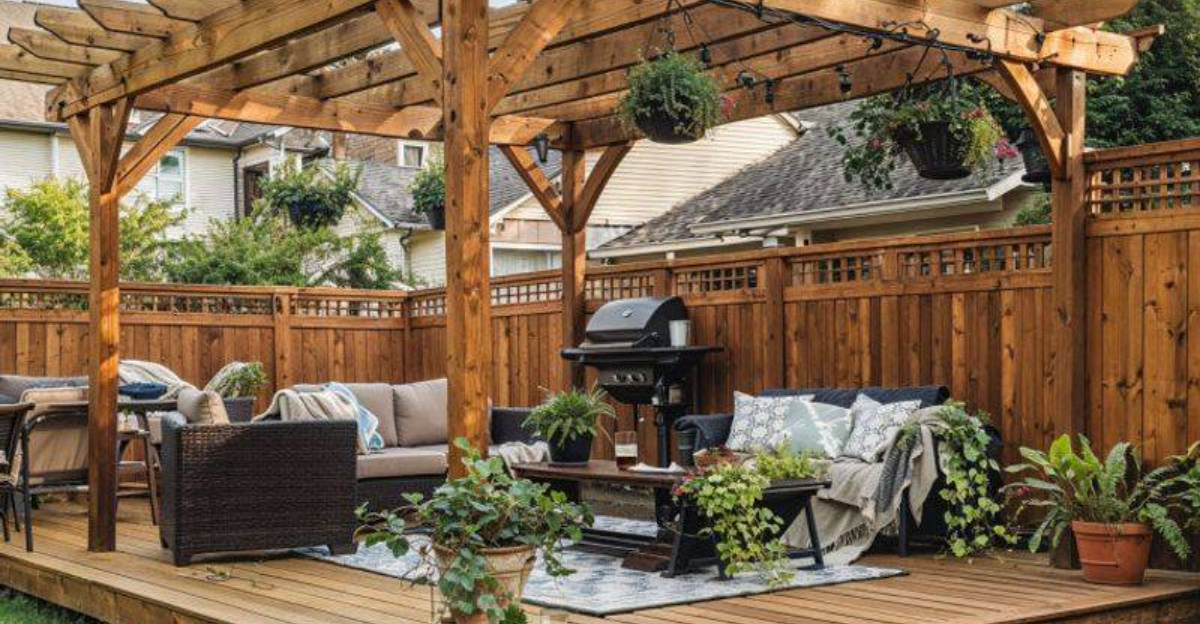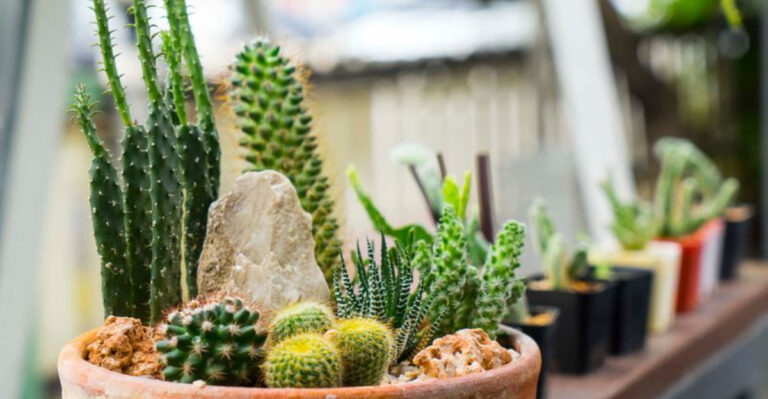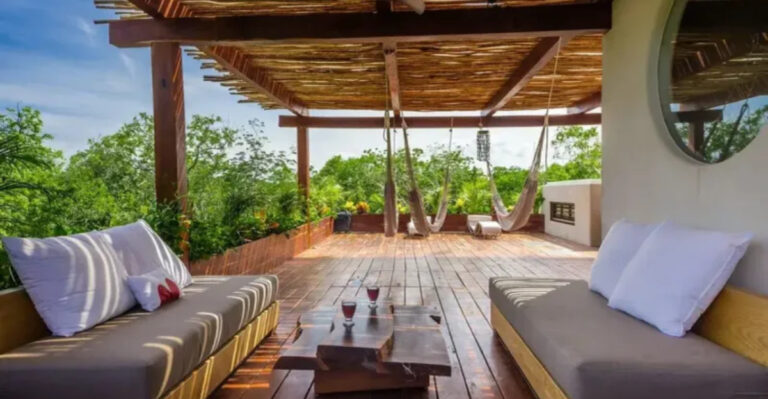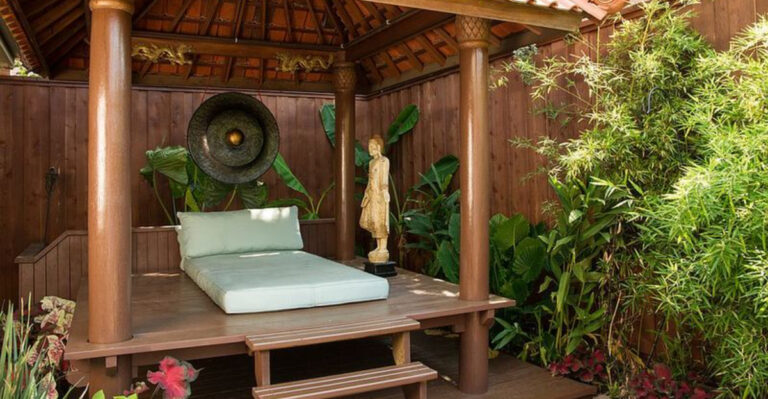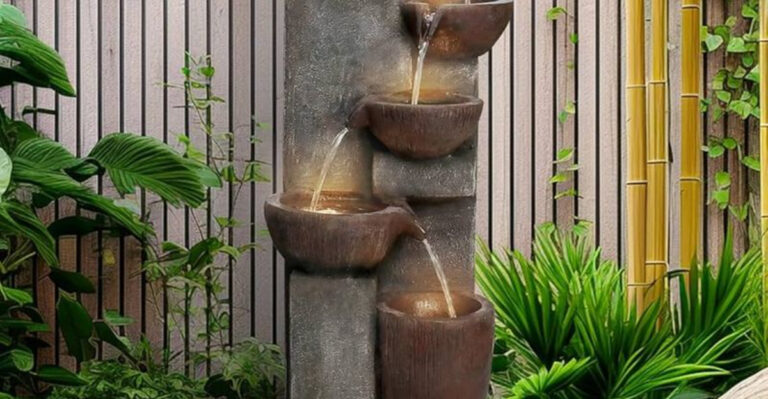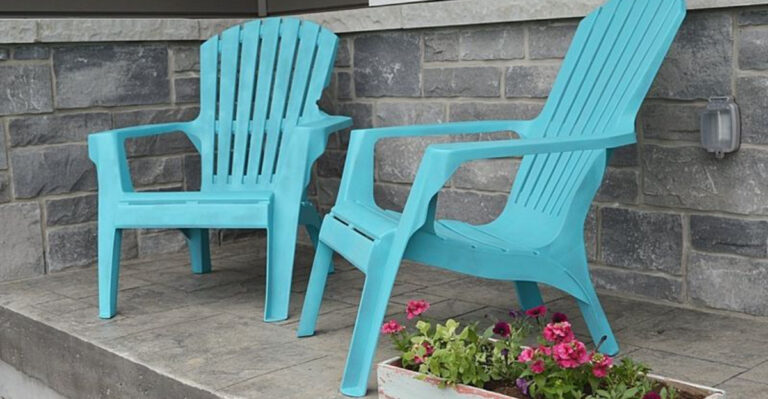20 Tips To Create A ’60s-Inspired Garden Oasis
The 1960s gave us peace signs, flower power, and some seriously groovy garden vibes that still inspire me today. I love how a ’60s-inspired garden lets you play with bold colors, funky patterns, and those iconic plants that defined an entire era.
You don’t have to go full retro to enjoy the charm, sometimes just a few far-out touches can transform your space.
If you’re like me and appreciate a bit of nostalgia with your outdoor style, these fun ideas will help you create a garden that feels joyful, relaxed, and totally cool to hang out in.
1. Plant Groovy Sunflowers In Bold Clusters
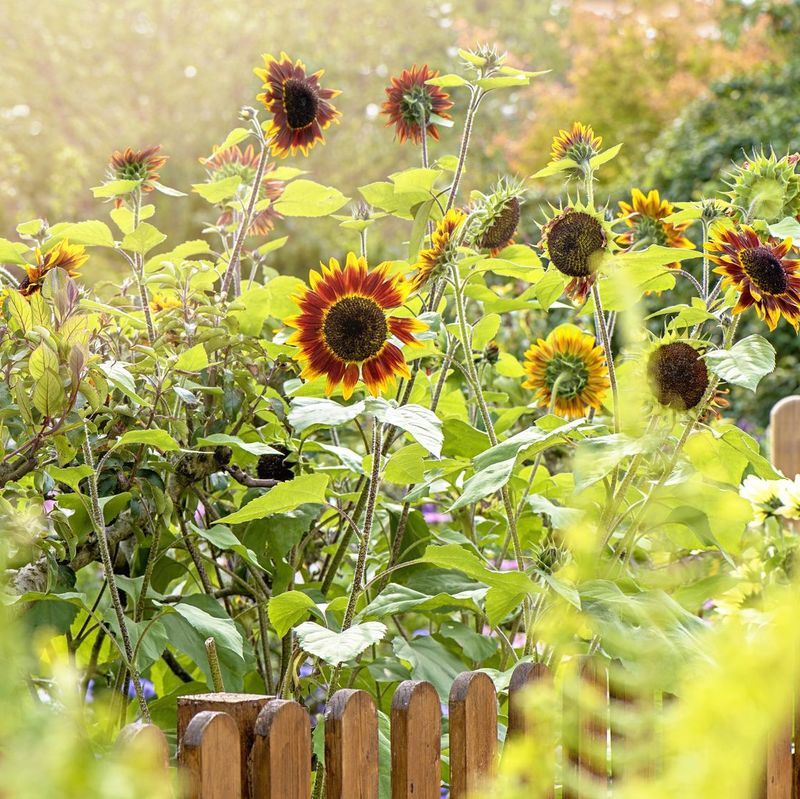
Sunflowers were the ultimate flower power symbol back in the day. Plant them in groups of five or seven for maximum impact.
Choose varieties that grow to different heights to create a natural layered look. Mammoth sunflowers can reach ten feet tall, while dwarf varieties stay around two feet.
Position them where they’ll catch morning sun and become a stunning backdrop for your other retro plants.
2. Create Geometric Planting Beds With Sharp Angles
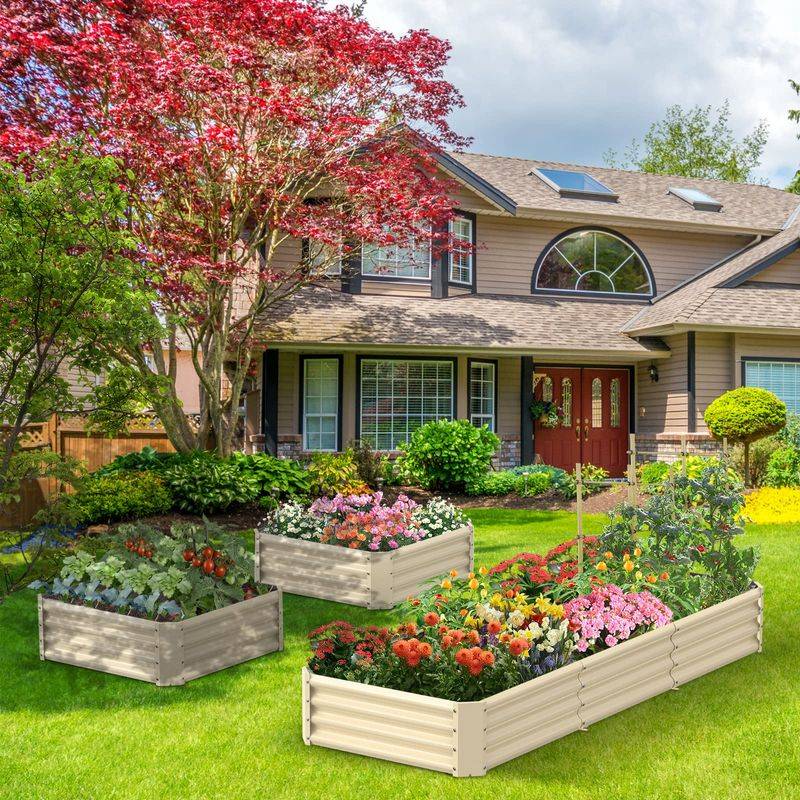
Forget curvy flower beds – the ’60s were all about clean lines and geometric shapes. Design triangular, diamond, or hexagonal planting areas.
Use concrete blocks, bricks, or metal edging to define these sharp borders. Fill each section with a single type of plant for bold color blocks.
This modernist approach creates visual drama and makes your garden look like it belongs in a retro magazine spread.
3. Add Psychedelic Colors With Bright Annual Flowers

If it didn’t come in neon, it wasn’t worth planting in the ’60s. Load up on hot pink petunias, electric orange marigolds, and purple asters.
Don’t worry about subtle color combinations – clash those colors like you mean it! Plant bright yellow zinnias next to magenta cosmos.
Annual flowers give you freedom to experiment with wild color schemes each growing season without long-term commitment.
4. Install Concrete Planters In Brutalist Style
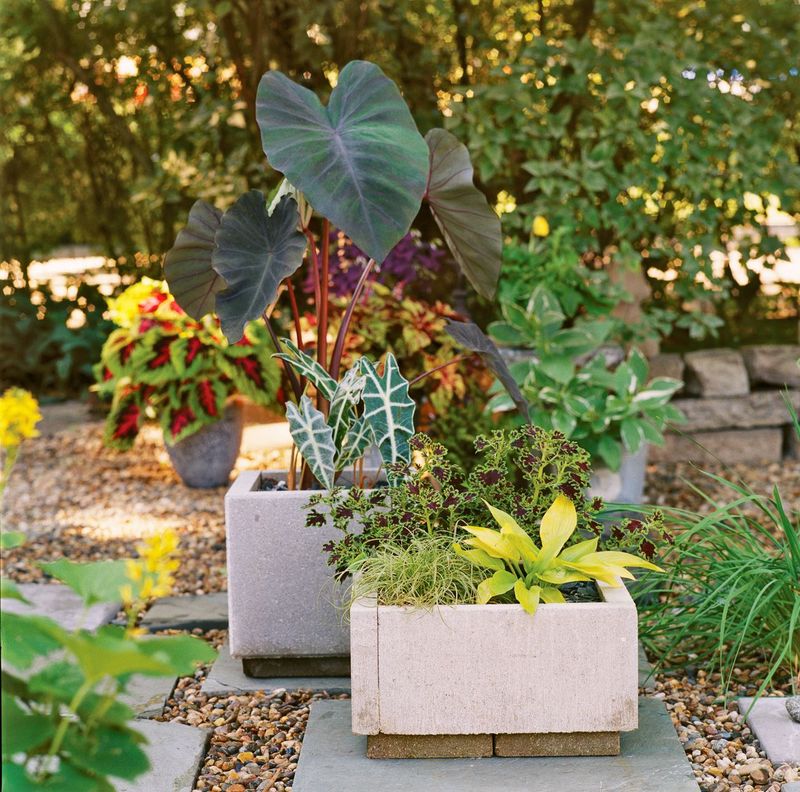
Concrete wasn’t just for sidewalks in the ’60s – it was a design statement. Build or buy chunky concrete planters in geometric shapes.
Look for designs with clean lines, rectangular forms, or interesting angular cutouts. These industrial-looking containers perfectly capture the era’s architectural mood.
Fill them with architectural plants like snake plants or peace lilies to complete the modernist vibe your neighbors will totally dig.
5. Grow Peace Lilies For Flower Power Symbolism
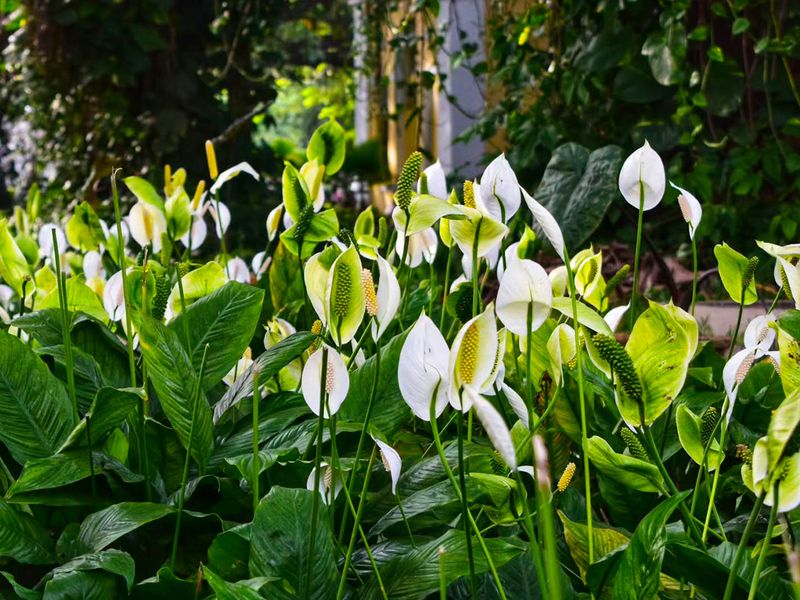
Peace lilies weren’t just houseplants – they made perfect outdoor statements during the peace and love movement. Their white blooms symbolized harmony and hope.
Plant them in shaded areas where their glossy green leaves can create tropical vibes. They’ll bloom repeatedly throughout the growing season.
Group several together in matching retro planters for a powerful visual statement that speaks to the era’s idealistic spirit.
6. Create A Conversation Pit With Sunken Seating
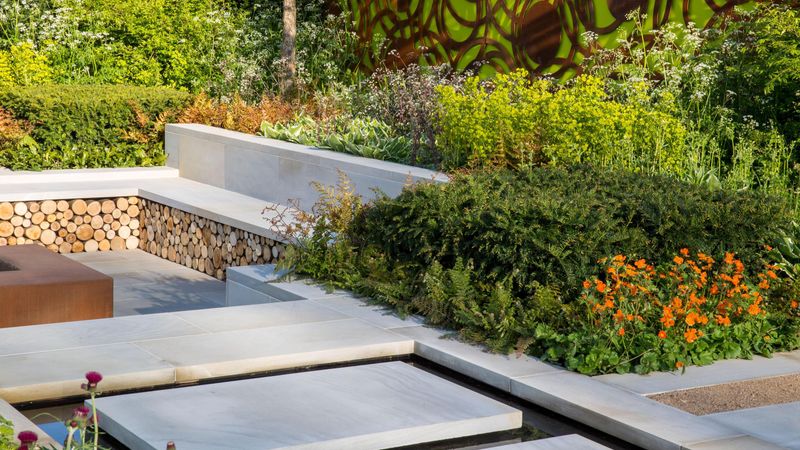
Nothing says ’60s like a sunken conversation area where friends could gather and talk about changing the world. Dig out a circular or square area about 18 inches deep.
Build in permanent seating with concrete or stone, then add colorful cushions in bold patterns. Surround the space with tall plants for privacy.
This creates an intimate gathering spot that feels both retro and incredibly cozy for modern entertaining.
7. Plant Ornamental Grasses In Sculptural Arrangements
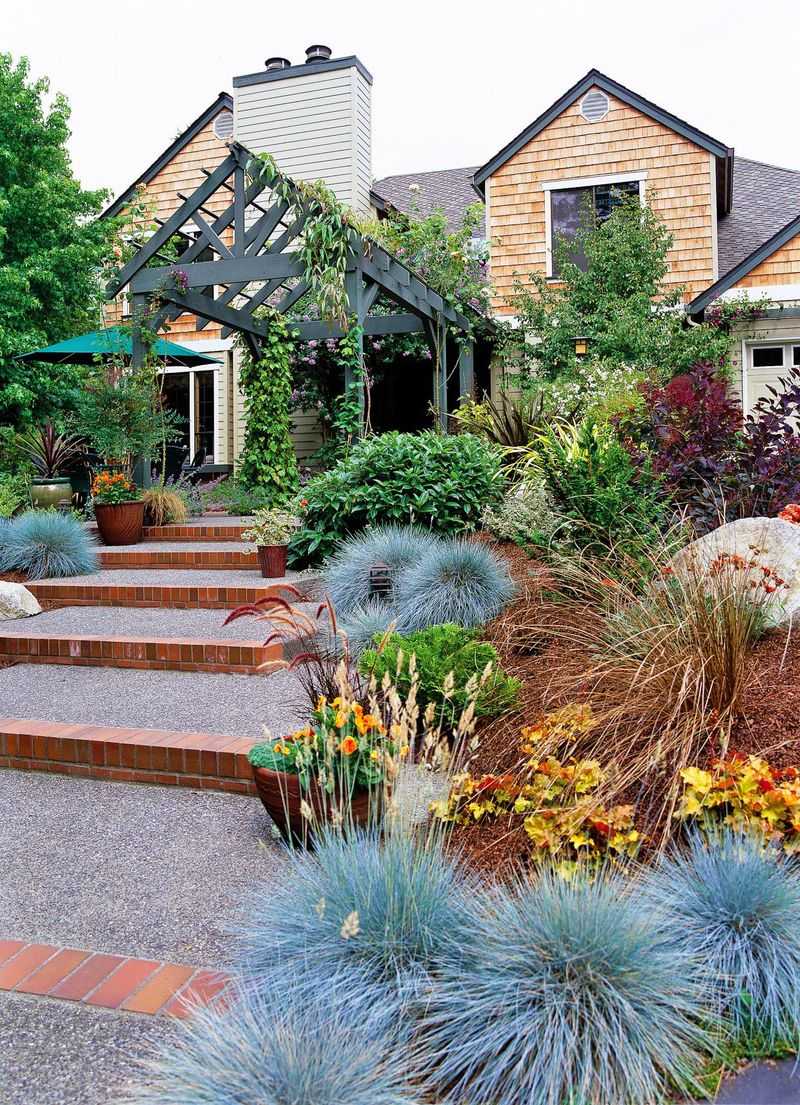
Ornamental grasses became garden superstars during the ’60s modernist movement. Plant fountain grass, pampas grass, or zebra grass in dramatic clusters.
These architectural plants add movement and texture while requiring minimal care. Their flowing forms contrast beautifully with geometric hardscaping.
Position them where they’ll catch light and create interesting shadows throughout the day, adding natural sculpture to your groovy garden space.
8. Add Colorful Mosaic Stepping Stones

Stepping stones got a major upgrade in the ’60s with wild mosaic patterns and psychedelic colors. Create your own using broken tiles, glass, or ceramic pieces.
Design patterns inspired by op art, peace signs, or flower power motifs. Use bright colors that pop against green grass or gravel.
These functional art pieces guide visitors through your garden while adding playful touches that scream retro style and creative expression.
9. Install Atomic Age Outdoor Lighting
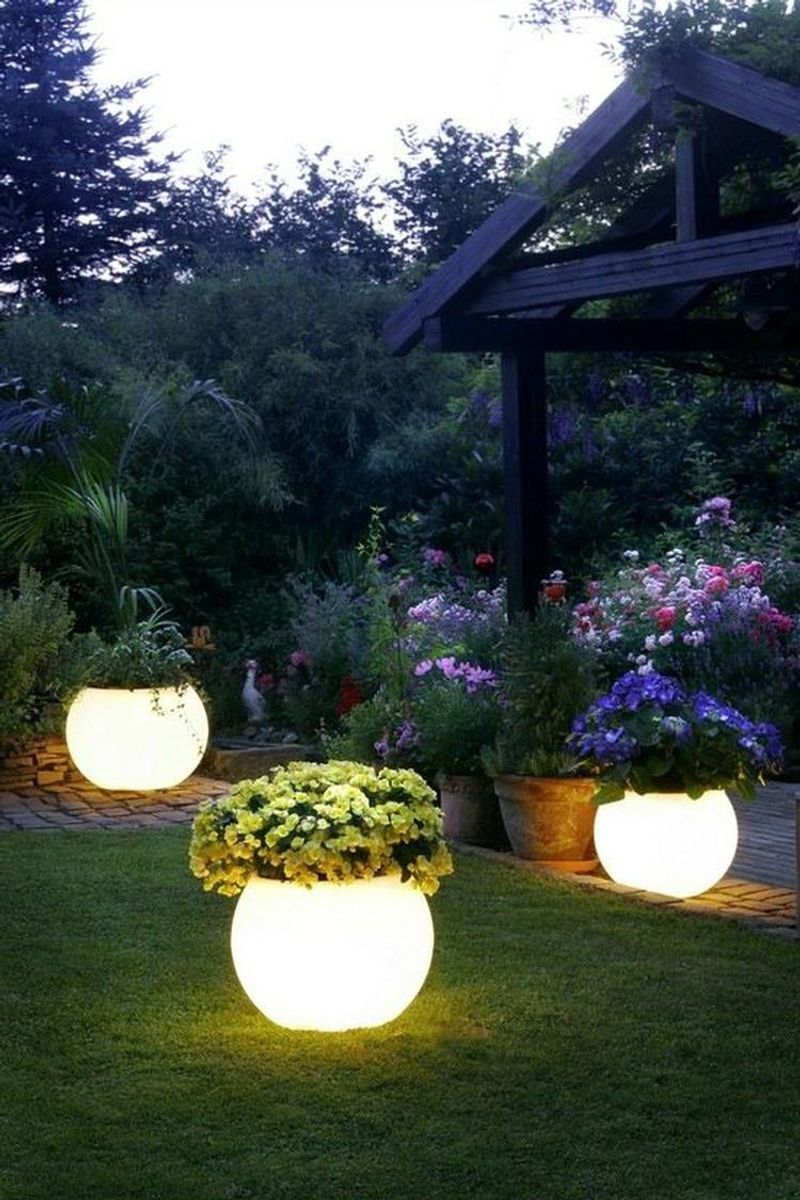
Lighting took on space-age qualities during the atomic era. Look for fixtures with starburst patterns, boomerang shapes, or geometric designs.
Install pole lights with multiple arms extending in different directions, or choose pendant lights with atomic-inspired metalwork. Colored bulbs add extra retro appeal.
These statement pieces provide functional illumination while serving as sculptural elements that transform your garden into a mid-century modern masterpiece.
10. Create Raised Beds With Railroad Ties
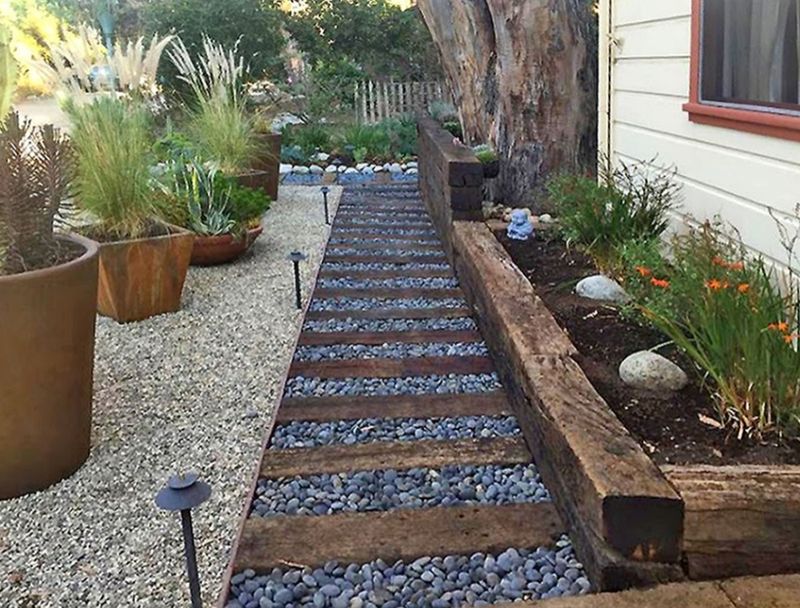
Railroad ties became the building material of choice for ’60s gardeners who wanted that industrial, no-nonsense look. Stack them to create raised beds of varying heights.
These sturdy borders last for decades and develop a weathered patina that adds character. Fill them with herbs, vegetables, or flowers.
The dark wood contrasts beautifully with bright plants and creates defined growing spaces that look both practical and stylish in true ’60s fashion.
11. Grow Herbs In A Dedicated Kitchen Garden

Herb gardens exploded in popularity as ’60s cooks discovered international cuisines and natural living. Dedicate a sunny spot to growing your own seasonings.
Plant basil, oregano, thyme, and parsley in neat rows or geometric patterns. Add some exotic choices like lemongrass or cilantro for adventurous cooking.
Use wooden plant markers with groovy fonts to label each variety, creating both a functional garden and an educational display.
12. Add A Water Feature With Geometric Design
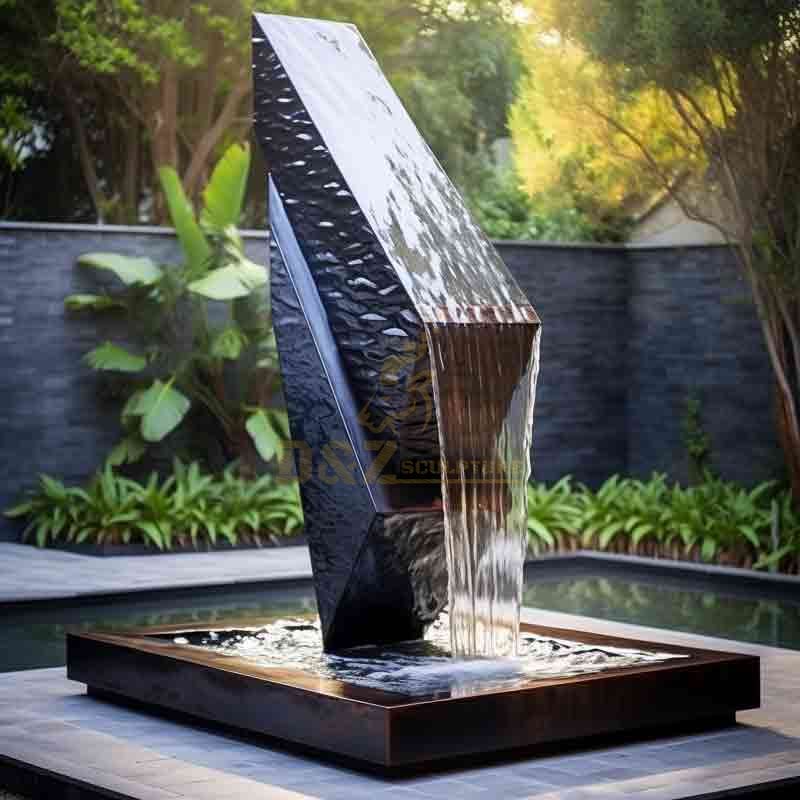
Water features went geometric in the ’60s, trading natural curves for sharp angles and clean lines. Install a rectangular reflecting pool or square fountain.
Use concrete, stone, or metal to create modern water elements that complement your geometric planting beds. Keep the design simple and architectural.
The sound of moving water adds tranquility while the stark geometric form creates a focal point that’s pure mid-century modern style.
13. Plant A Vegetable Garden In Raised Squares
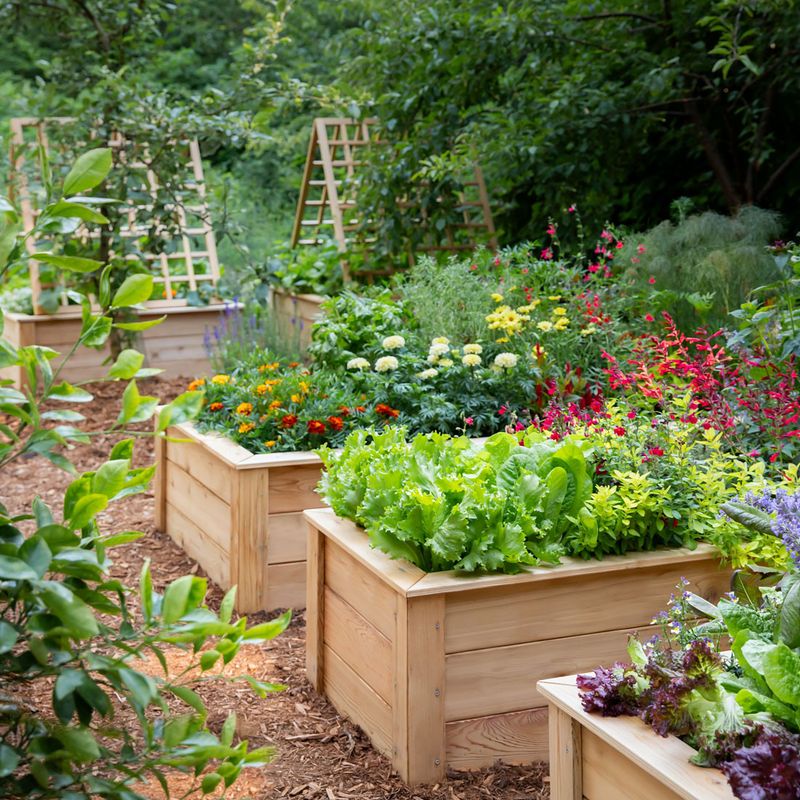
Square foot gardening became popular in the ’60s as people embraced efficient, organized growing methods. Divide raised beds into one-foot squares using wooden slats.
Plant different vegetables in each square according to their space requirements. This method maximizes production while creating visually appealing geometric patterns.
The organized appearance fits perfectly with the era’s love of systematic design and practical solutions for modern living.
14. Install Outdoor Sculpture With Abstract Forms
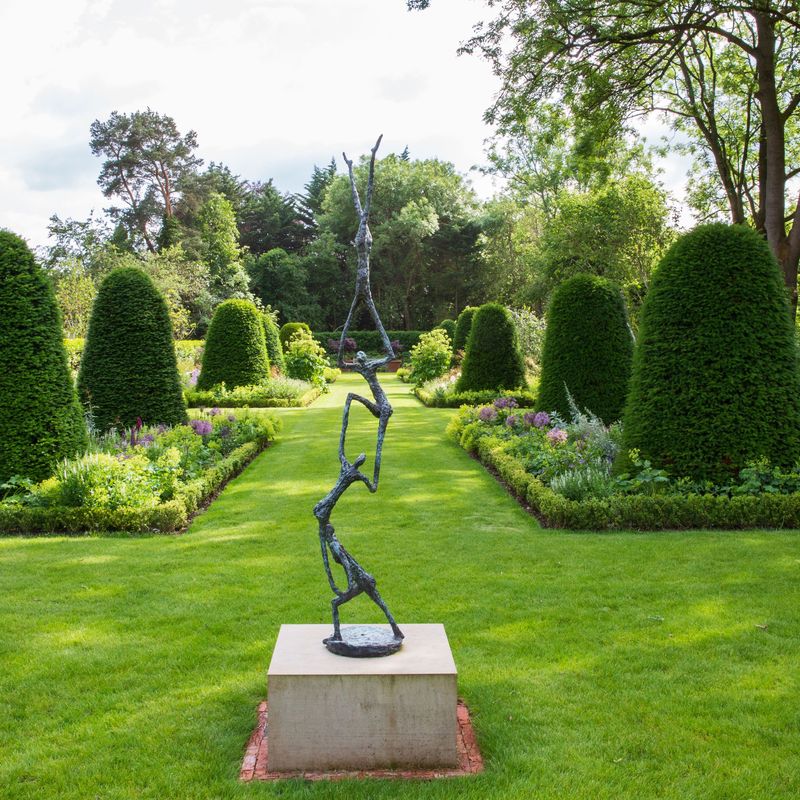
Art moved outdoors in the ’60s as homeowners embraced sculpture as garden focal points. Choose pieces with abstract forms, clean lines, or space-age themes.
Look for materials like steel, aluminum, or concrete that weather well and complement the modernist aesthetic. Position sculptures where they’ll be visible from multiple angles.
These artistic elements transform your garden into an outdoor gallery while adding sophisticated touches that elevate the entire space.
15. Create Privacy Screens With Bamboo Panels

Bamboo became the go-to material for creating privacy without blocking light completely. Install bamboo panels in geometric patterns to divide garden spaces.
These natural screens filter sunlight beautifully while providing wind protection for tender plants. They age gracefully and develop attractive silver-gray patinas.
Use them to create intimate garden rooms or hide utility areas while maintaining the clean, natural aesthetic that defined ’60s outdoor design.
16. Add Colorful Outdoor Furniture In Plastic

Plastic furniture revolutionized outdoor living in the ’60s with its bright colors and space-age appeal. Choose pieces in hot pink, orange, or electric blue.
Look for chairs with flowing curves or geometric shapes that capture the era’s optimistic spirit. Plastic tables with pedestal bases add retro flair.
These lightweight pieces can be easily rearranged for different occasions while their bold colors create instant focal points throughout your groovy garden space.
17. Grow Houseplants Outdoors In Decorative Containers
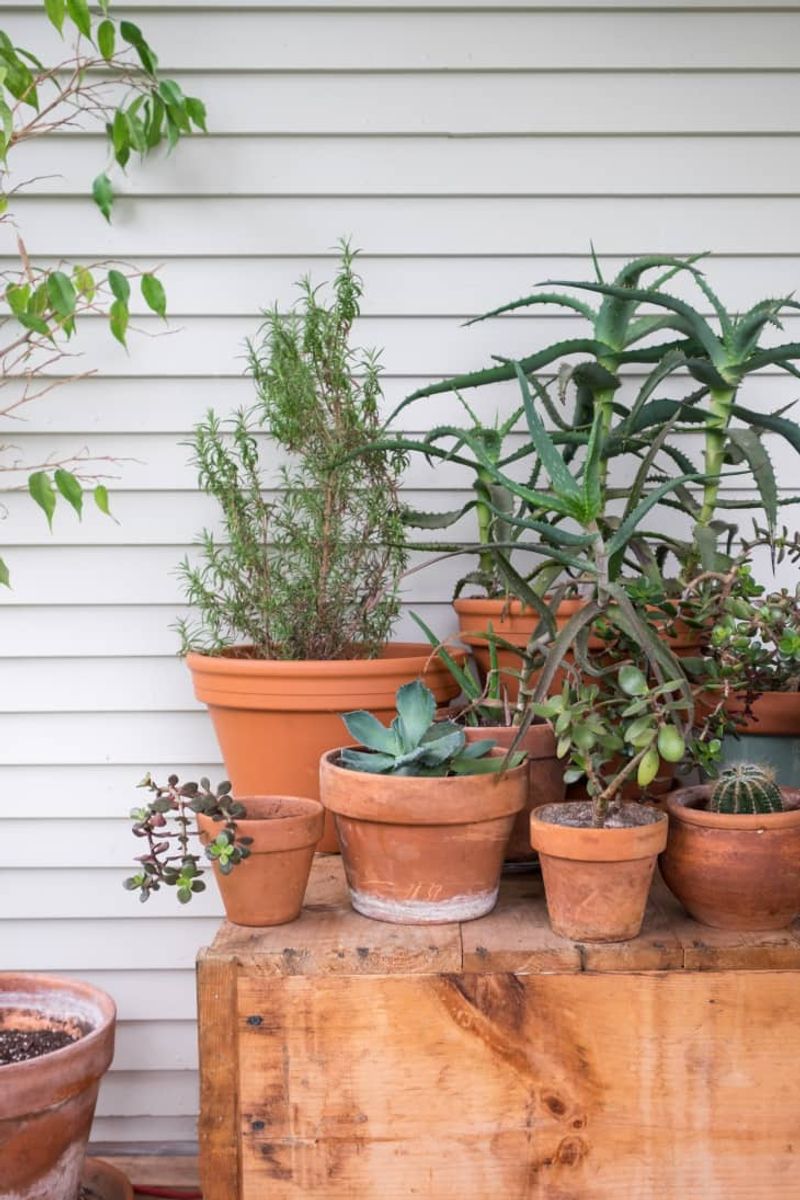
Houseplants became outdoor stars when placed in decorative containers during warm months. Move rubber trees, philodendrons, and snake plants outside in groovy planters.
Choose containers in bold colors or interesting shapes that complement your plants’ architectural forms. Ceramic pots with geometric patterns work perfectly.
This creates instant tropical vibes while allowing you to easily move plants indoors when temperatures drop, extending your growing season significantly.
18. Install Ground Cover In Geometric Patterns

Ground cover got the geometric treatment in ’60s gardens with plants arranged in bold patterns rather than natural drifts. Use different varieties to create color blocks.
Plant creeping thyme, ajuga, or sedum in triangular or rectangular sections. Each area becomes a living carpet with its own color and texture.
This approach requires more planning but creates stunning visual impact that looks intentional and artistic rather than random or natural.
19. Add A Pergola With Clean Horizontal Lines

Pergolas embraced horizontal emphasis in the ’60s, creating shade structures with clean lines and geometric appeal. Build or install one with evenly spaced horizontal beams.
Use materials like cedar or aluminum that complement the modernist aesthetic. Keep the design simple without decorative flourishes or curved elements.
This architectural element provides practical shade while adding vertical interest that frames your garden views and creates defined outdoor rooms.
20. Create A Rock Garden With Desert Plants
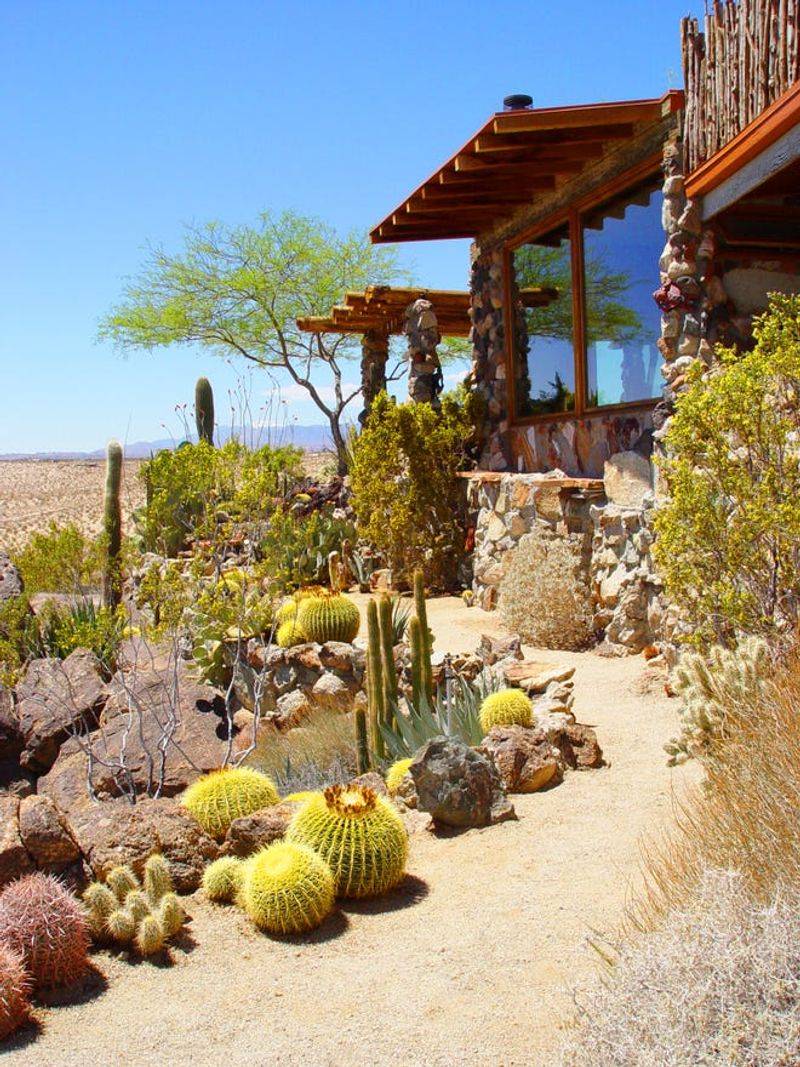
Rock gardens gained popularity in the ’60s as gardeners discovered the beauty of desert plants and minimal maintenance landscapes. Arrange stones in geometric patterns.
Plant cacti, succulents, and other drought-tolerant species that thrive in rocky conditions. These architectural plants complement the modernist garden aesthetic perfectly.
This low-maintenance approach fits the era’s practical mindset while creating year-round interest with plants that look like natural sculptures.

